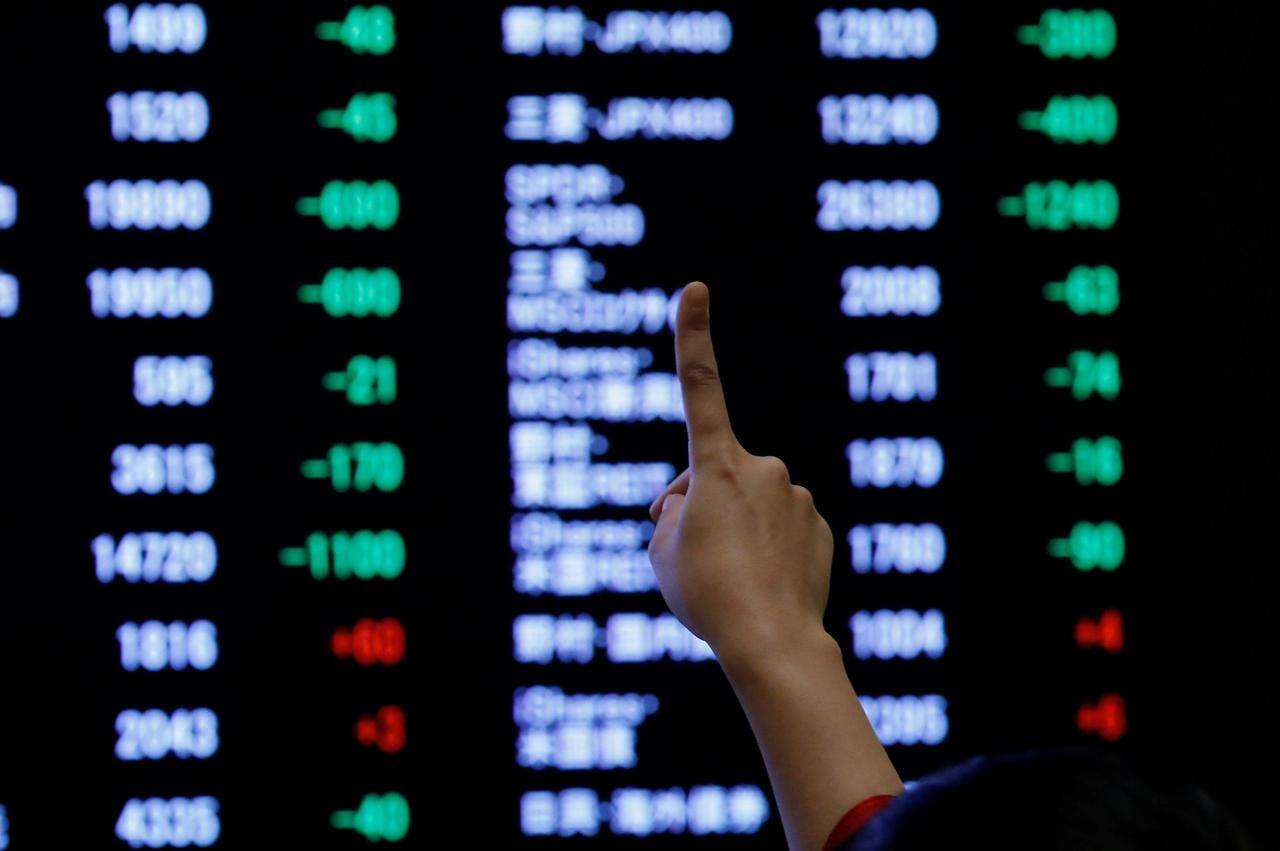By Milind MuchhalaThe Indian equity market finally seems to be witnessing the much-awaited correction, although the headline index is getting some support from the healthy performance of the financials. However, this is masking the weakness in the broader market, especially in the midcap and small cap space. While the respective indices have corrected by ~8-10%, we have seen much sharper cuts in several individual names. Over the past couple of months, we have been seeing more of small intermittent corrections within the market at sectoral level, rather than at the headline index level. The broader markets, however, had continued to do quite well, with expectations running quite high, leading to some froth getting built up. Past few days have seen some shakeout in the markets, which was necessary to make the markets healthier.
Remain constructive
Overall, we remain constructive on Indian equities, and while the momentum of the past couple of months seems to have got disturbed, we believe that the dips in the market can be looked upon as opportunities to add positions. The two clear drivers that remain supportive for the markets are the improvement in economic activity and an up-tick in earnings cycle, apart from the strong liquidity support and the lack of equally attractive alternate asset classes. The economy seems to be on a steady recovery mode, as reflected by various leading indicators, and this is expected to further pick up pace as we move towards normalization in the coming months, aided by a wider vaccination drive. Apart from the structural drivers in the form of favourable demographics, rising income levels/aspirations and improving penetration, an improvement in domestic manufacturing and a revival in the capex cycle are also expected to provide a leg up to the economic momentum over the period. On the earnings front, we are clearly getting into the better side of the earnings cycle, with a consensus expected earnings CAGR of 16-18% over the next three years vs an anemic growth of ~4-5% over FY15-20, which will remain supportive for the investor sentiment. The buoyancy in earnings is expected to be aided by a combination of multiple factors including an overall economic recovery domestically, increasing export opportunities across sectors, revival of the investment/capex cycle, buoyancy in commodities and the various cost cutting initiatives undertaken by Indian corporates, leading to operational efficiencies.
Sectors to watch out
Hence, albeit the short term corrections, especially after the sharp run-up that we have seen in the markets recently, we would maintain a positive bias over the next couple of years, and we would look at the interim dips to add positions in good businesses at reasonable valuations. We remain positively inclined towards domestic cyclicals and the sectors that can benefit from a revival of the investment cycle in the country; these could include financials, consumption, auto, building material/home improvement, industrials/infra, etc. Growth is expected to be supported by various factors including normalization of activity, favourable monsoon, better rural demand, pickup in discretionary spends, restoration of supply chains and healthy improvement in real estate activity. We also continue to like the sectors which can benefit from the global opportunities – such as IT, chemicals, pharma, engineering products, etc. – with India fast emerging as a credible sourcing alternative to China.
The key monitorables in the near-term are the gross margin pressure due to high input costs/ commodity prices, and recovery in retail demand. A combination of supply shocks – either due to production cuts (in China) or adverse weather patterns (in Latam), logistics disruptions and gradually improving demand environment has led to sharp surge in commodity prices – both hard as well as soft commodities. To compound the woes, the energy costs have also been spiraling, further adding to inflationary pressures with pass through of higher power/freight costs. This has started hurting profitability, as the companies are not in a position to pass on the input cost inflation in entirety in the current still-fragile demand environment. Also, if the inflationary trends start getting sticky for a prolonged period, it can start weighing on the “accommodative” stance of the global central banks.
The markets, in the next couple of weeks, will take cues from the progress of the Q2FY22 earnings season, which seems to have begun on a mixed note. While the IT and financials companies have reported healthy numbers and provided a positive outlook, sectors such as consumer and chemicals have disappointed with clear pressure on their margins due to increase in input costs. We could see similar kind of margin pressure in a few other sectors as well. While the overall expectations remain of healthy earnings momentum to continue, any disappointment in results could lead to some intermittent volatility.
(Milind Muchhala is the Executive Director, Julius Baer. Views expressed are author’s own. Please consult your financial advisor before investing.)



